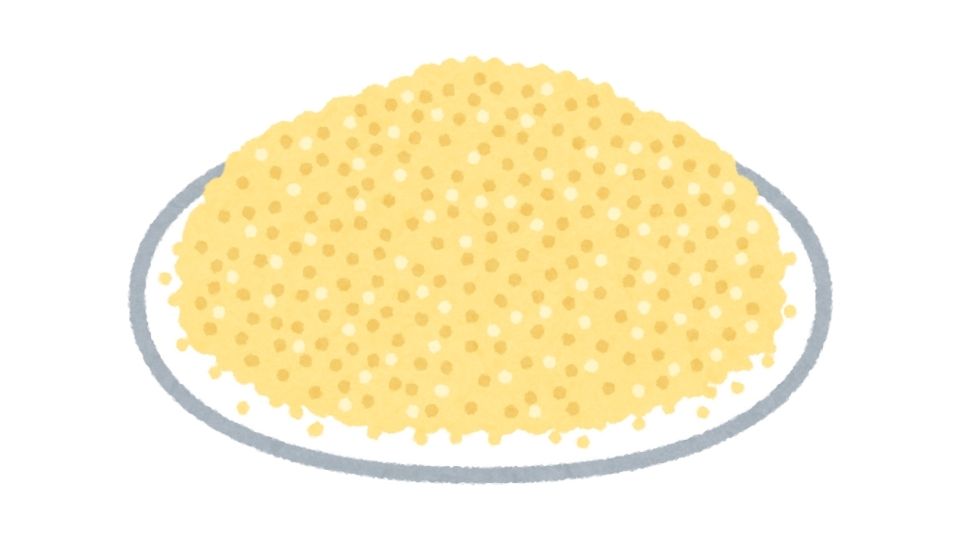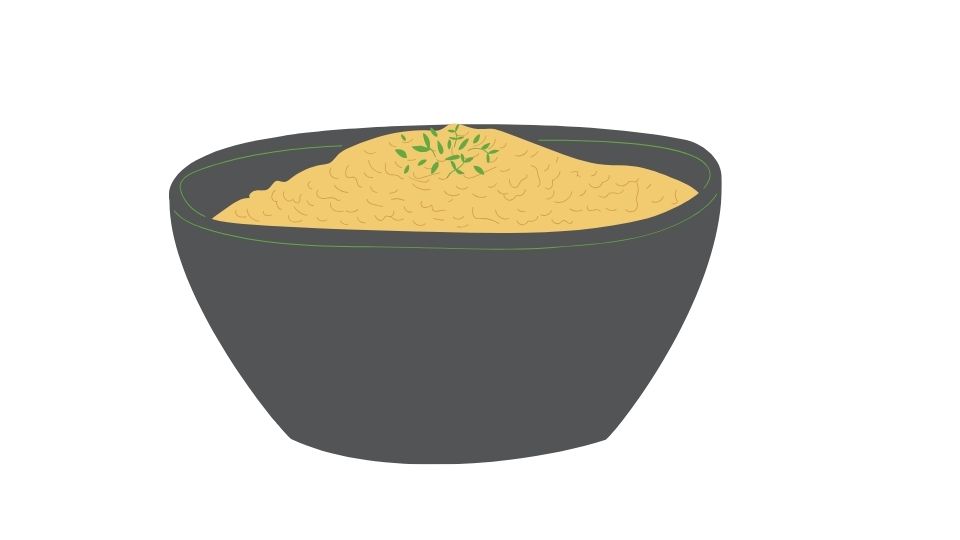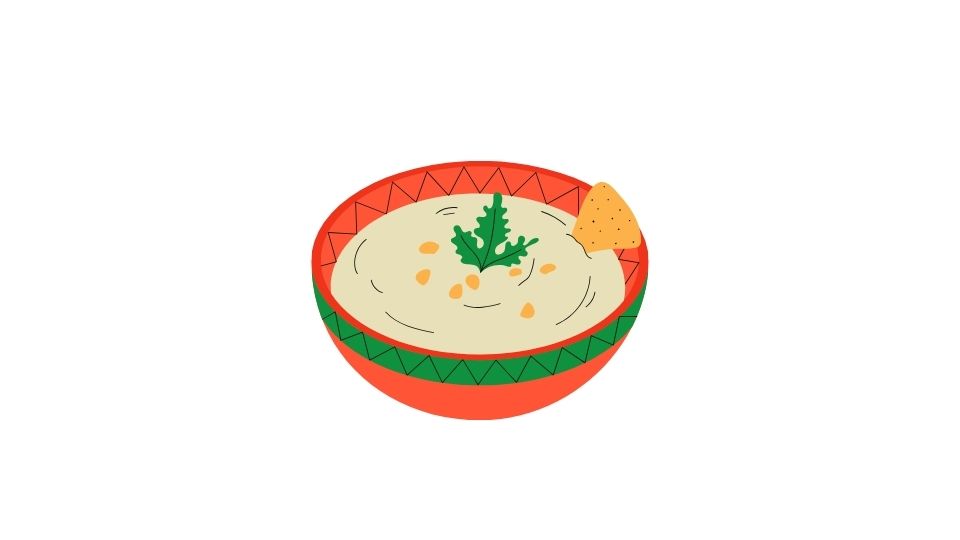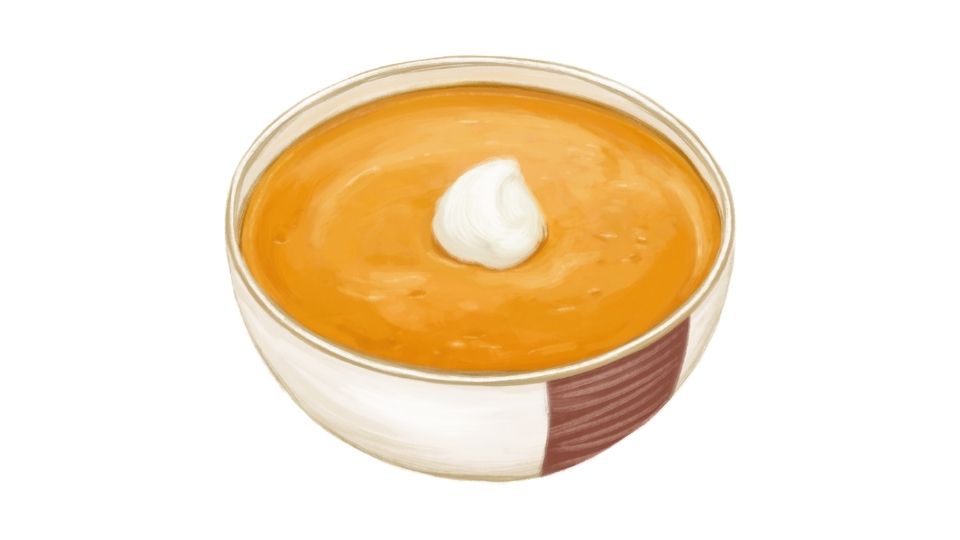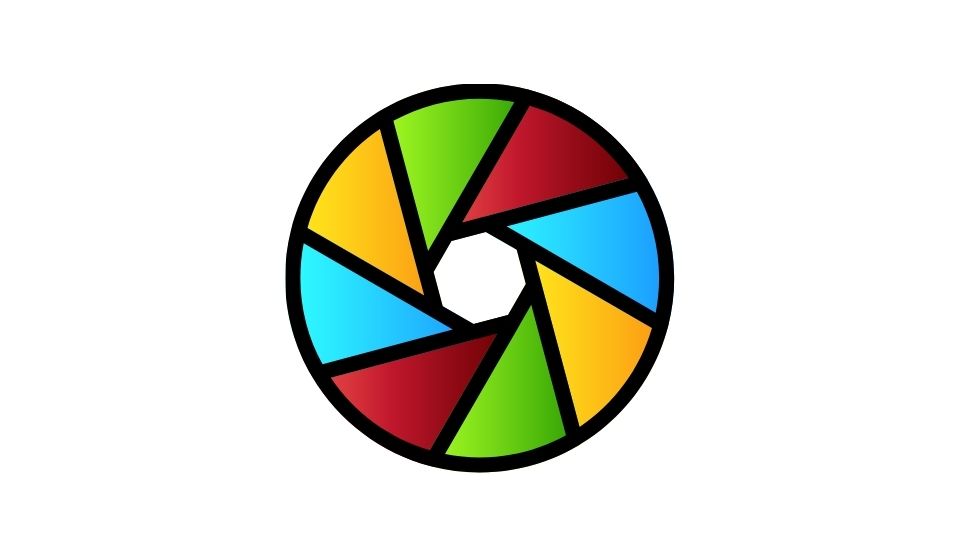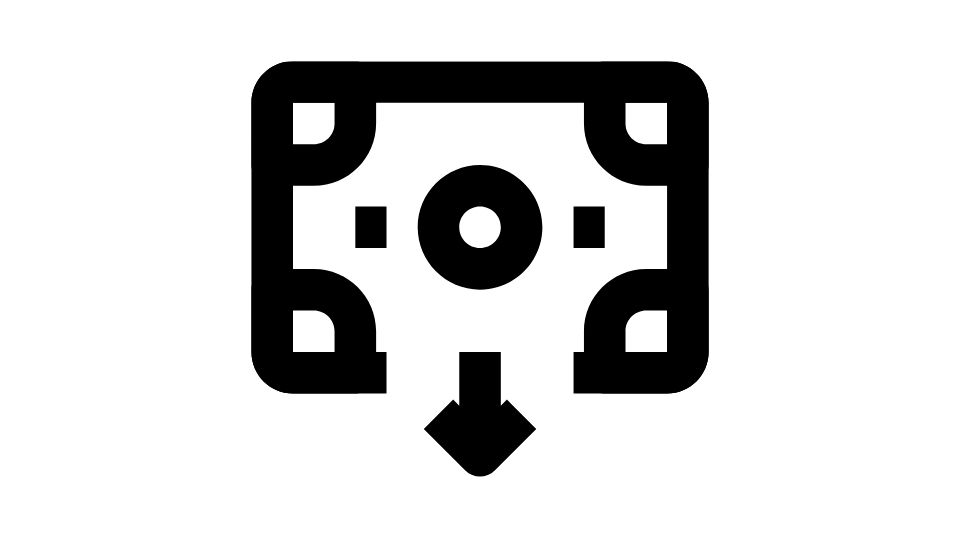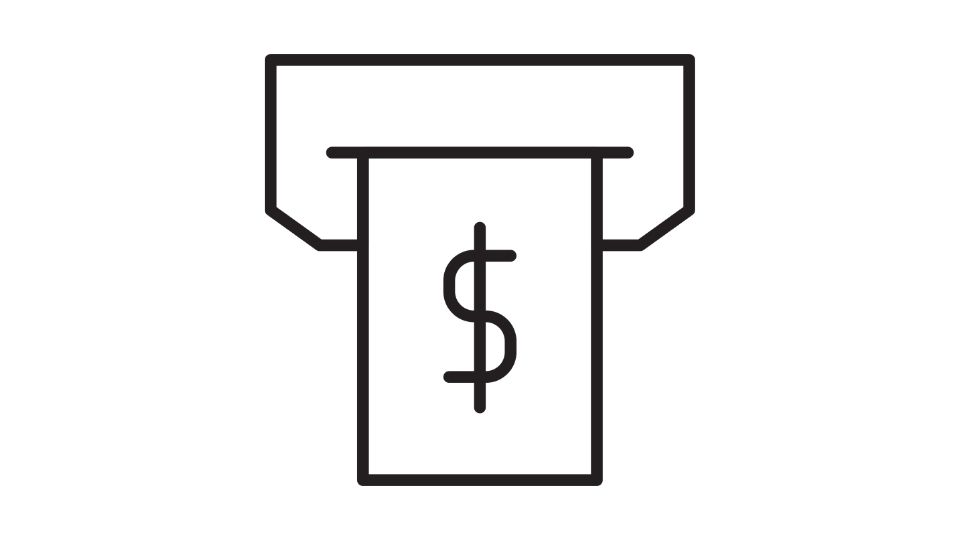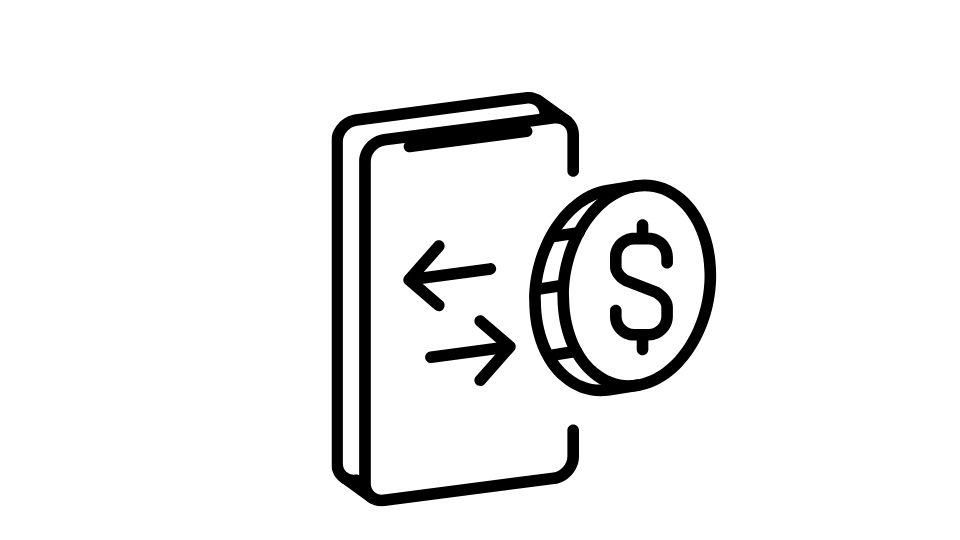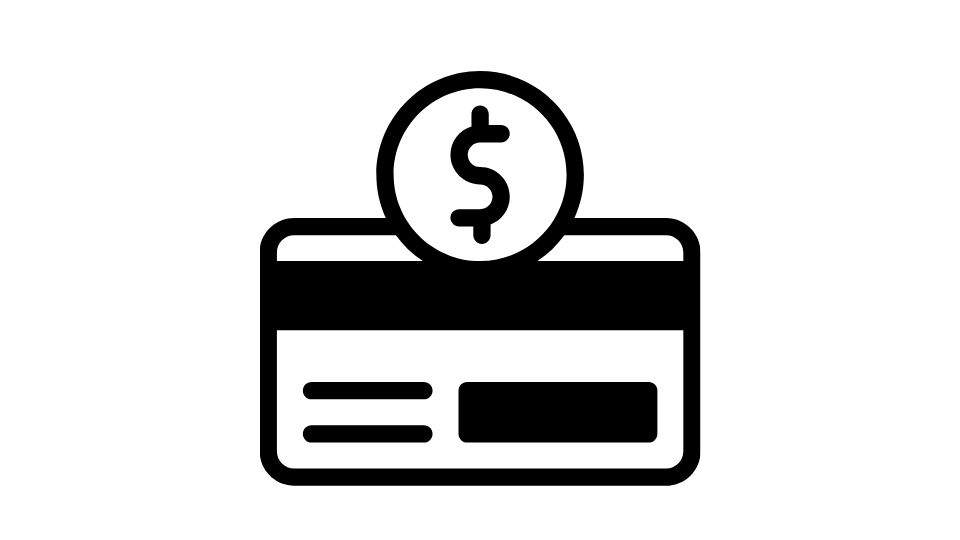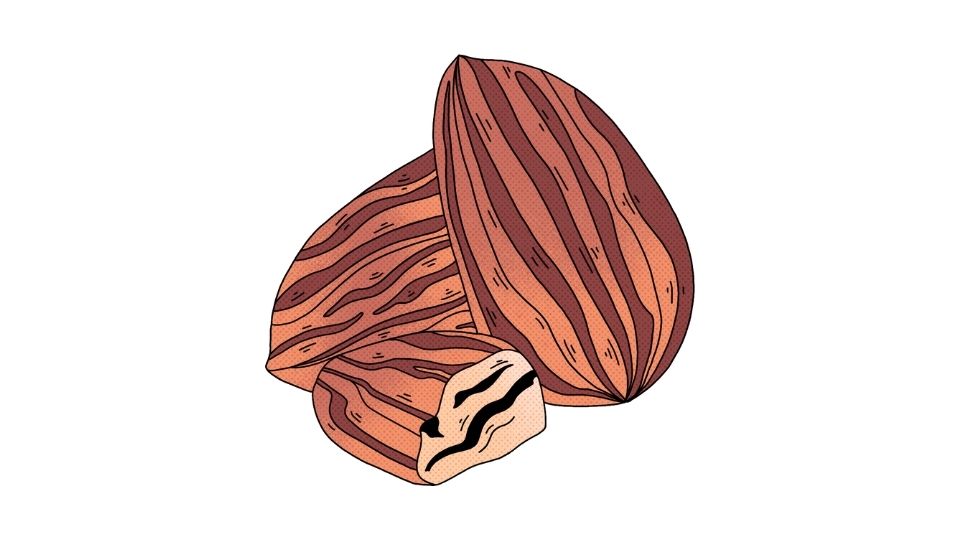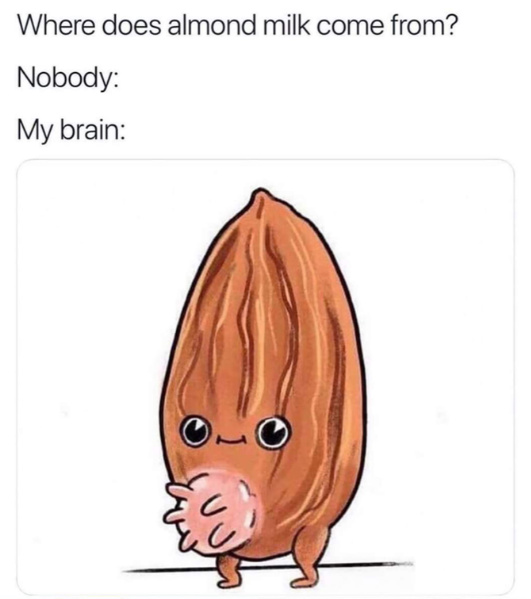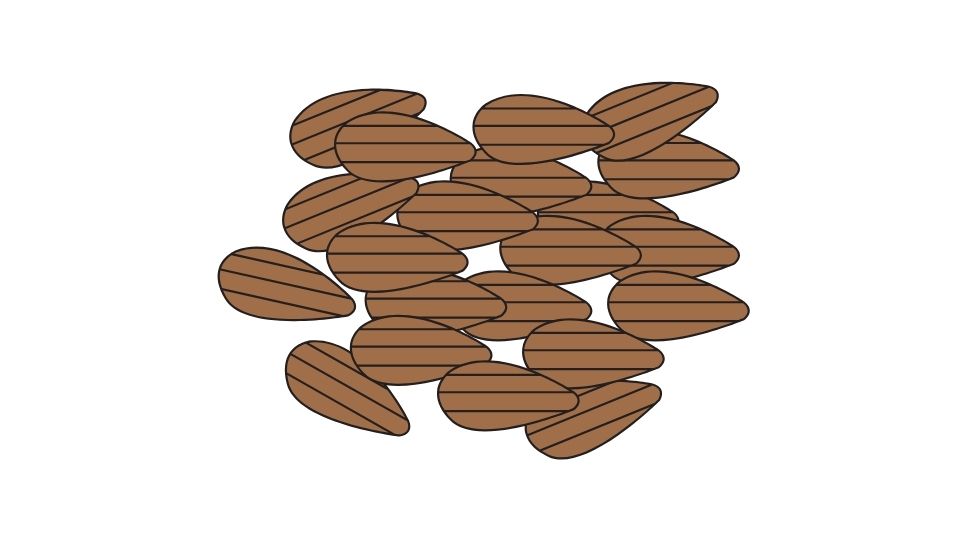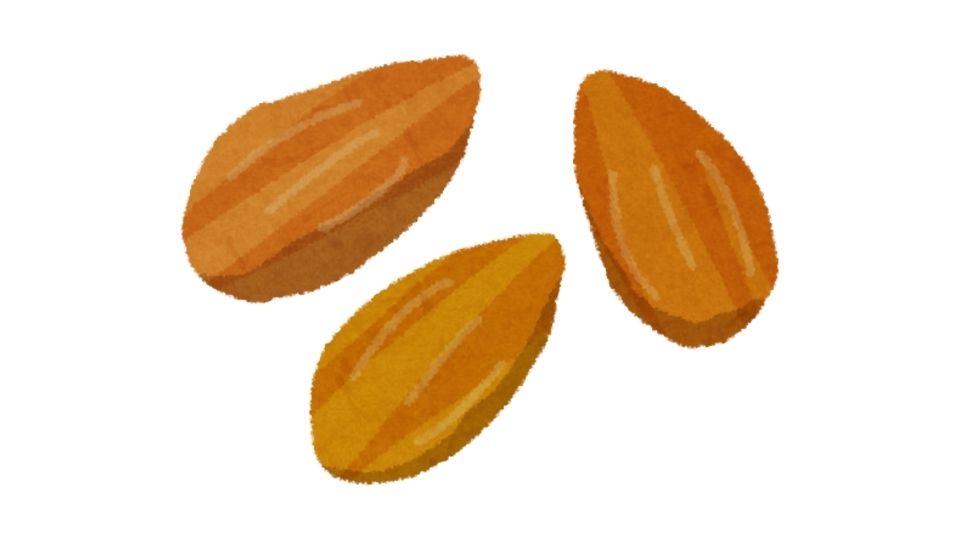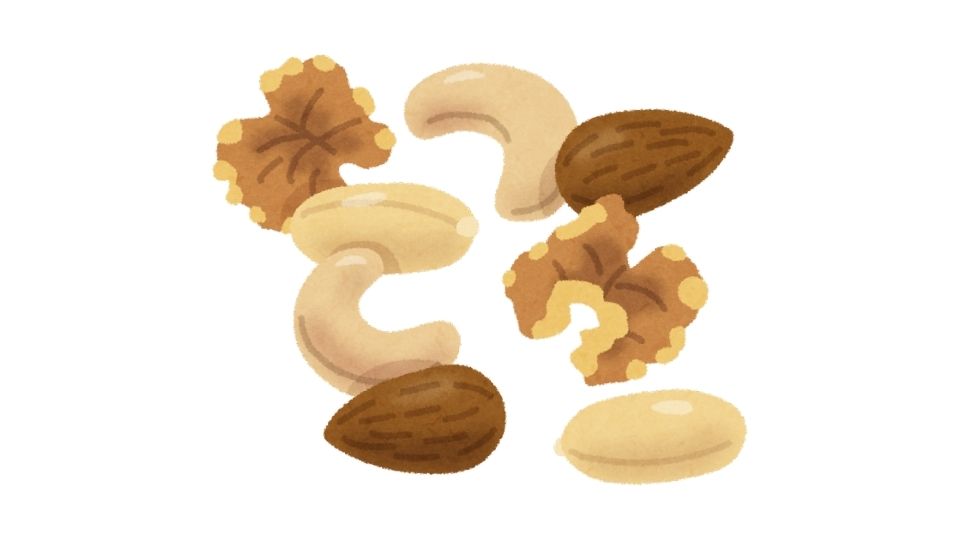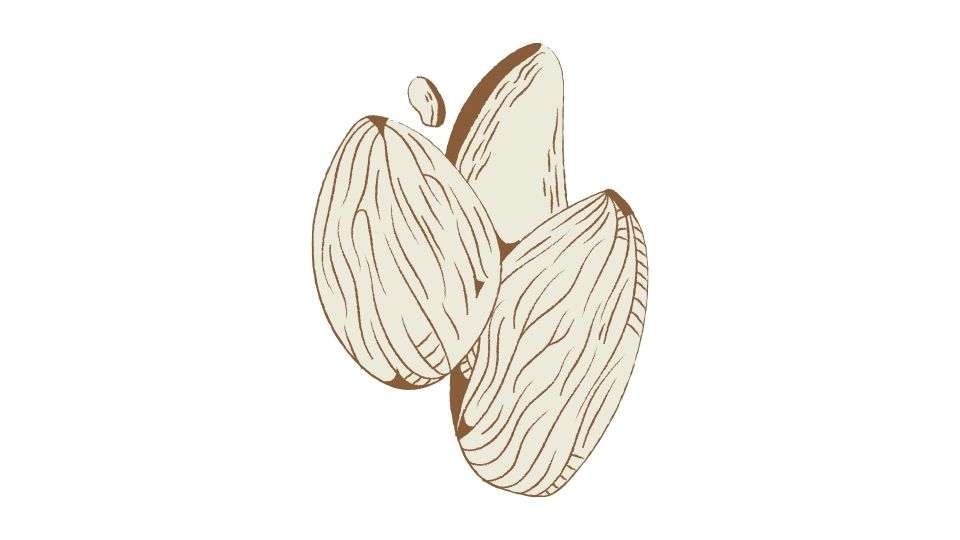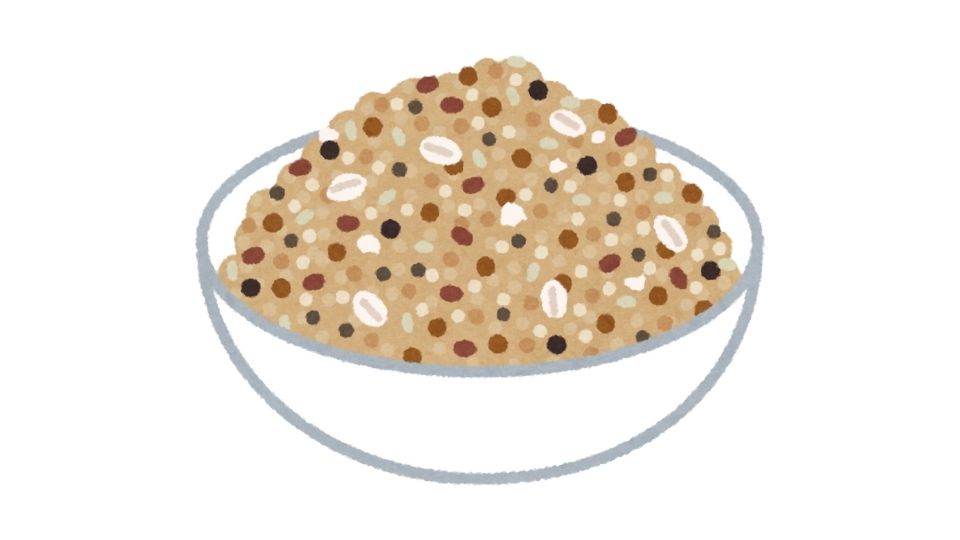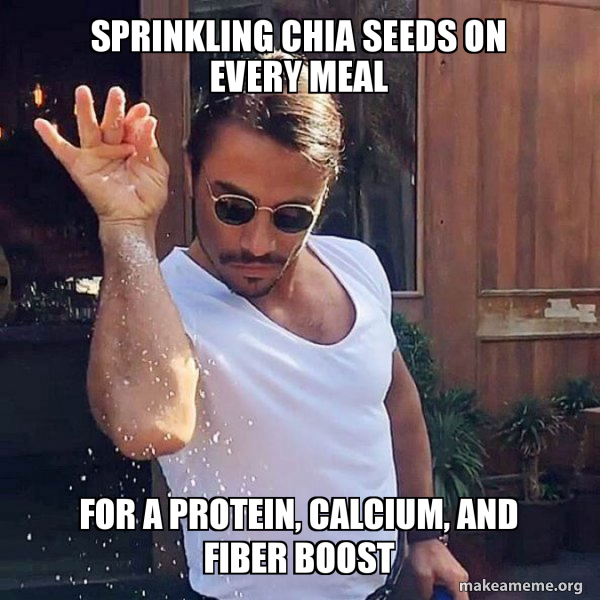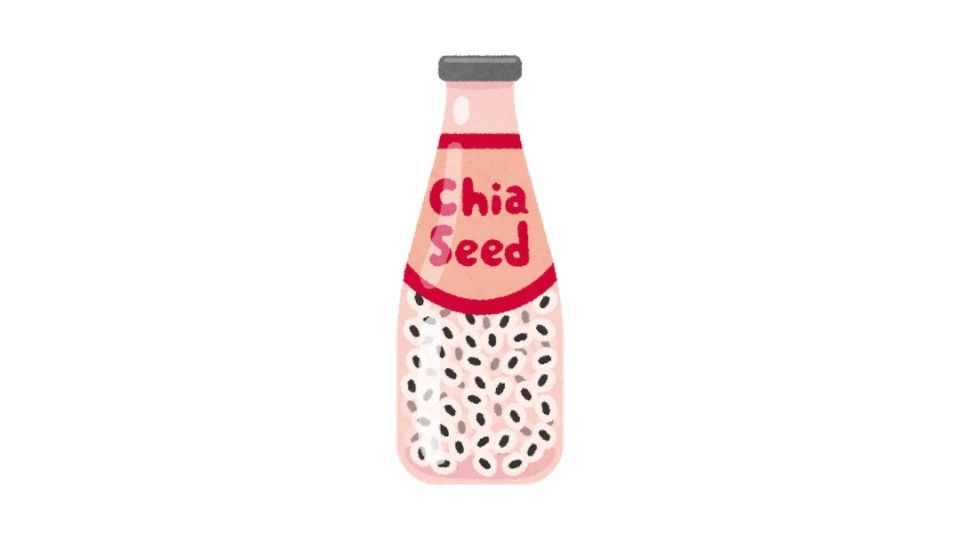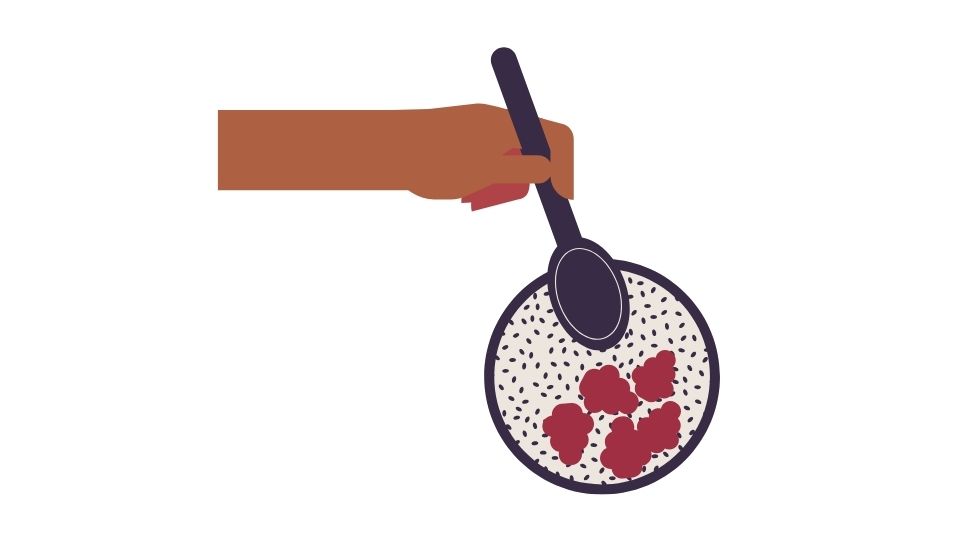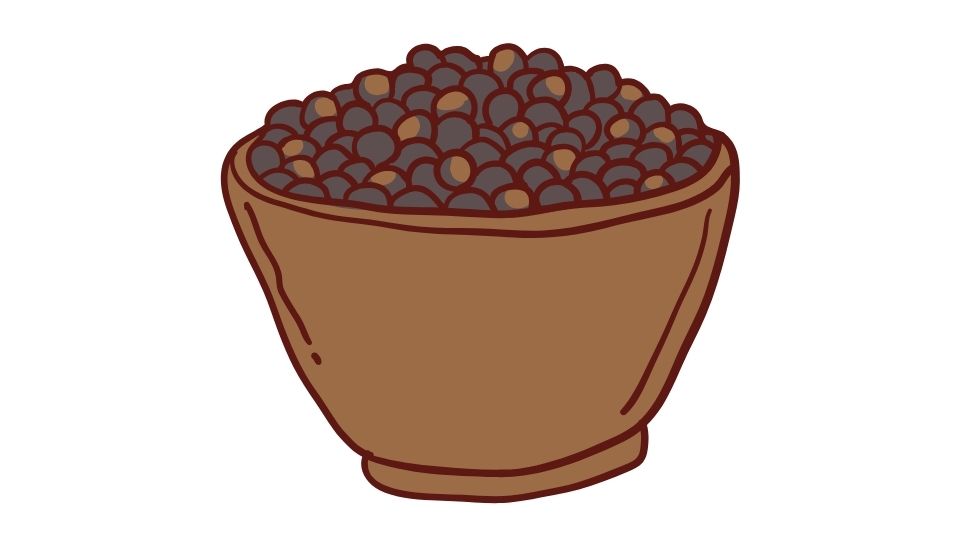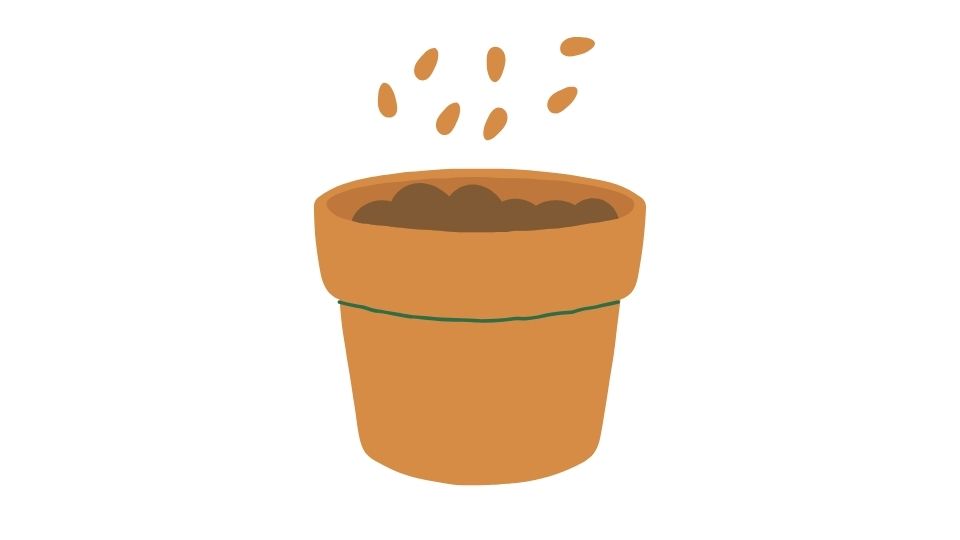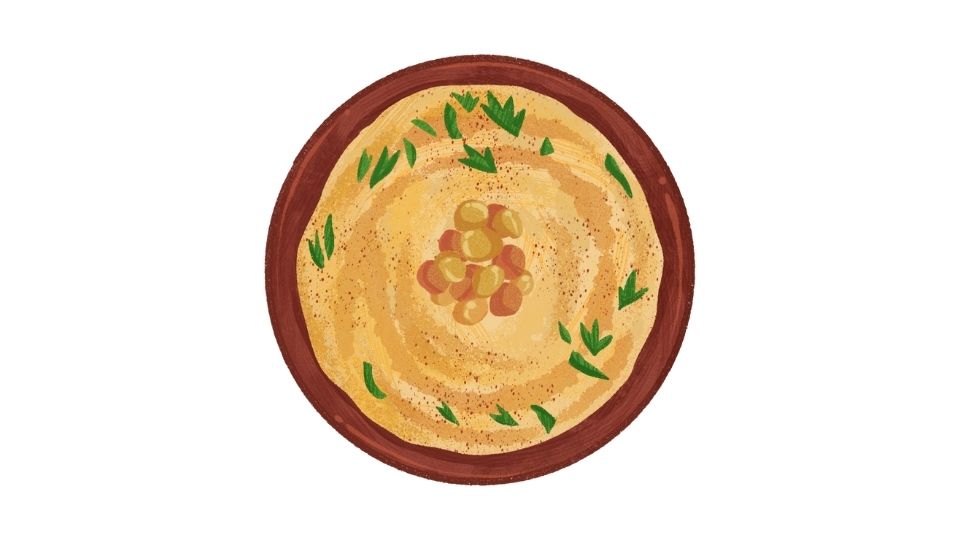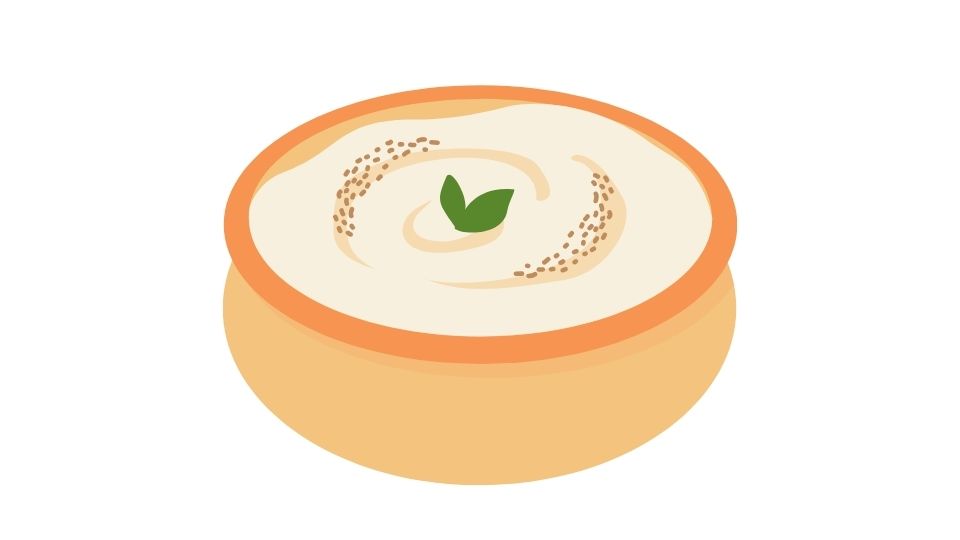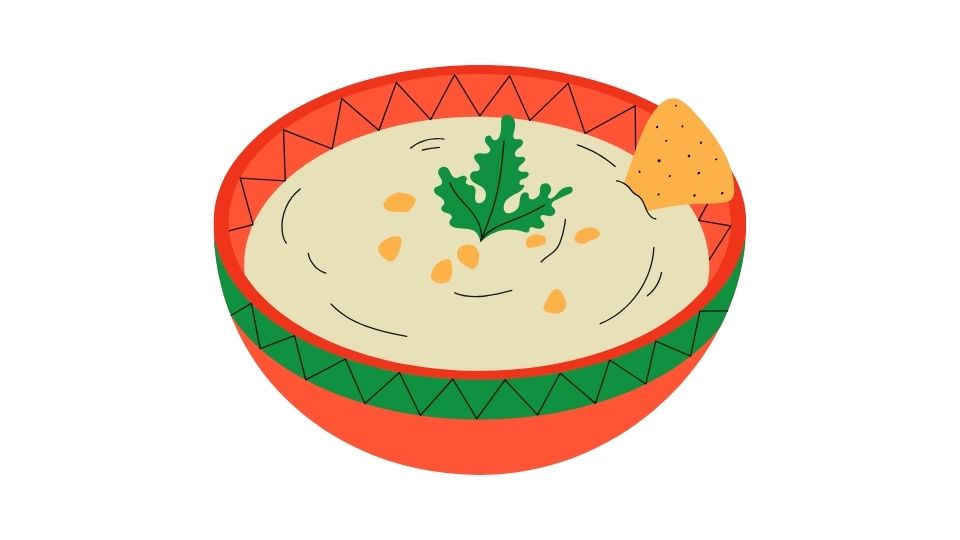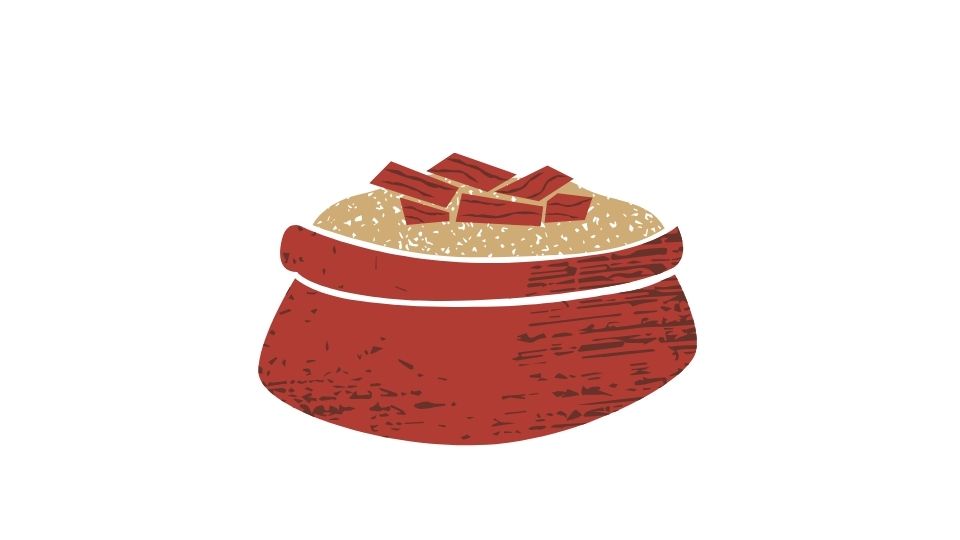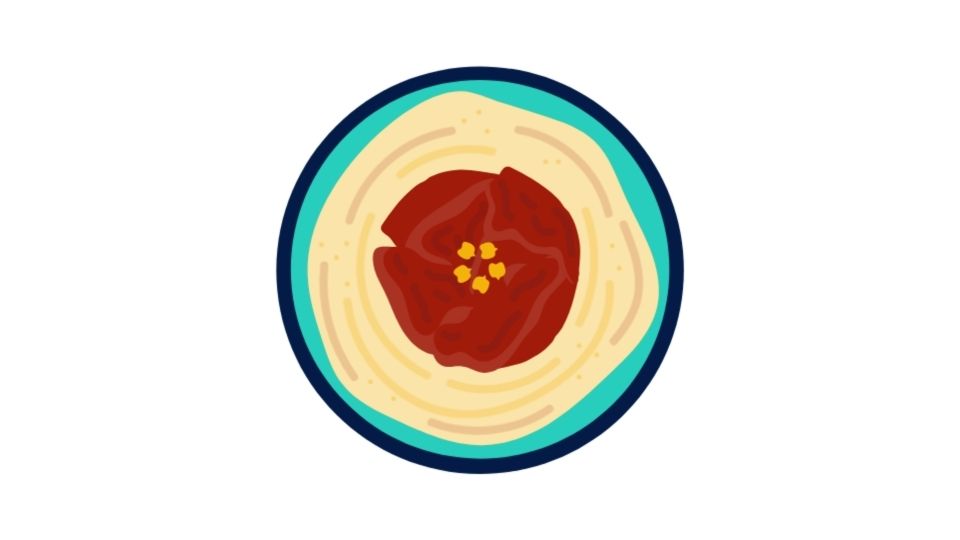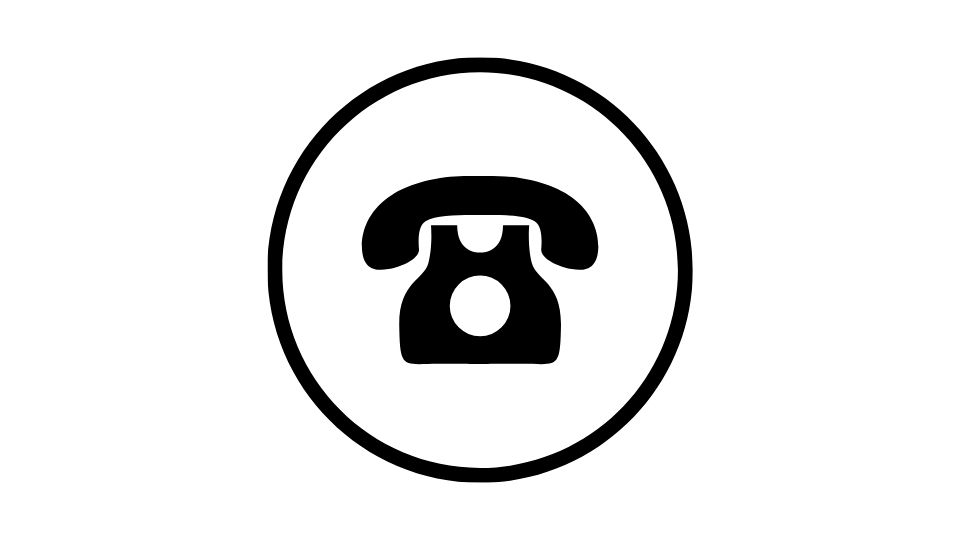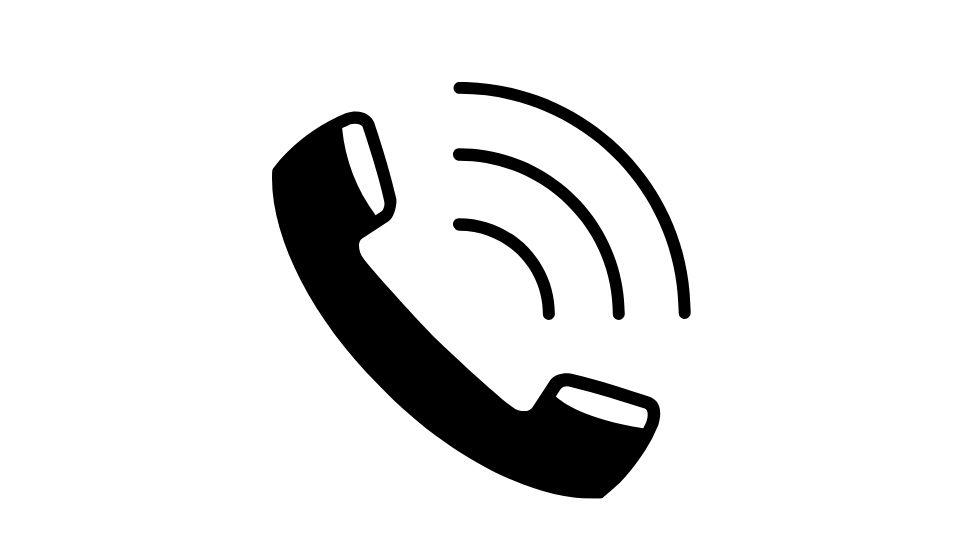Thinking about adding sunflower seeds to your diet? You’re making a smart move. These little powerhouses pack a serious protein punch – and they’re about as versatile as foods come.
Let me break down exactly how much protein you’re getting in these tiny nutritional goldmines, plus share some clever ways to sneak them into your meals (because let’s be real, eating them straight from the bag gets boring after a while).

How Much Protein Is Actually in Sunflower Seeds?
One cup of shelled sunflower seeds contains approximately 28 to 29 grams of protein. That’s roughly the same amount you’d get from 4 eggs or 4 ounces of chicken breast!
I know what you’re thinking – that’s a lot of seeds to munch through in one sitting. And you’re right.
Most people don’t sit down and eat a full cup of sunflower seeds (unless you’re me watching Netflix on a Friday night). A more realistic serving is about 1/4 cup (or 1 ounce), which gives you around 5.5 to 6 grams of protein.
Full Nutritional Breakdown (per cup of shelled seeds)

If you’re a nutrition nerd like me, here’s what you’re getting in a full cup:
- Protein: ~28 grams (varies slightly between brands and roasting methods)
- Calories: Around 580-600 calories
- Fat: ~50 grams (mostly the healthy polyunsaturated kind)
- Fiber: 8-10 grams (hello, digestive health!)
- Net Carbs: About 12 grams
- Vitamins/Minerals: Loaded with Vitamin E, B vitamins, magnesium, zinc, and selenium
Why Sunflower Seeds Are Nutrition Superstars
Beyond just protein, sunflower seeds are seriously nutrient-dense. Research shows they contain powerful antioxidants that help fight inflammation and oxidative stress.
They’re also one of the best natural sources of vitamin E, which is great for your skin and immune system. One cup provides nearly 90% of your daily vitamin E needs!
For plant-based eaters or anyone trying to diversify their protein sources, sunflower seeds are a dream come true. They provide complete nutrition with healthy fats alongside that protein, giving you sustained energy rather than quick spikes and crashes.
How to Actually Eat More Sunflower Seeds

Let’s be practical. Most of us aren’t going to sit down with a measuring cup of sunflower seeds. Here are some ways I’ve found to incorporate them into everyday eating:
Sneaky Ways to Add Them to Your Diet
- Salad booster: Sprinkle a tablespoon on literally any salad for extra crunch
- Oatmeal upgrade: Add to morning oats with some cinnamon (game-changer!)
- Yogurt topping: Mix with Greek yogurt and berries for protein-on-protein action
- Homemade energy balls: Blend with dates, cocoa powder, and a bit of honey
- Smoothie thickener: Add 1-2 tablespoons to any smoothie for extra nutrition
Pro tip: If you’re buying them in the shell (like for baseball games or road trips), remember the shells aren’t edible! According to nutritionists, they can actually cause digestive discomfort or damage if swallowed.
Sunflower Seed Butter: The Underrated Spread
If you find whole seeds inconvenient, sunflower seed butter is your new best friend. It’s basically like peanut butter but made from sunflower seeds, and it’s amazing for people with nut allergies.
Two tablespoons pack about 5-7 grams of protein and spread perfectly on toast, apples, or celery. Studies suggest that seed butters provide similar nutritional benefits to whole seeds while being easier to incorporate into daily eating.
Tracking Your Protein Intake
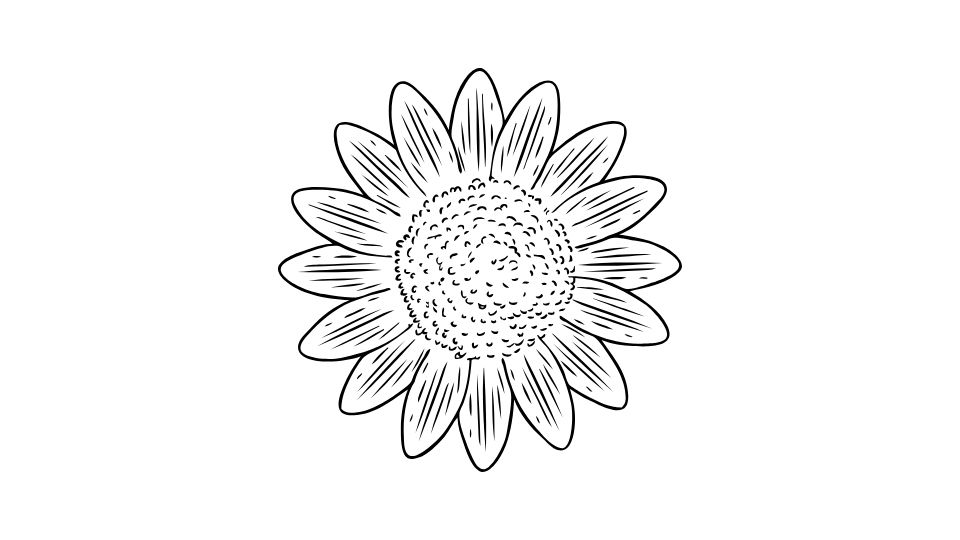
If you’re trying to hit specific protein goals (looking at you, fitness people), tracking your food intake can be super helpful.
The MealByMeal.com tracking system lets you simply text your meals and automatically calculates your protein intake along with other macros. It’s perfect for keeping tabs on all your protein sources, including seeds and nuts that might otherwise fly under the radar.
Unlike other complicated apps that make you search through endless databases, this one keeps it simple. Just text what you ate and it handles the rest.
Bottom Line on Sunflower Seeds

- They’re protein powerhouses: ~28g per cup or ~6g per ounce
- Nutrient-dense: Healthy fats, fiber, vitamins, and minerals come along for the ride
- Portion wisely: Stick to about 1/4 cup (1 ounce) per serving to keep calories in check
- Super versatile: Can be added to almost anything from salads to baked goods
The beauty of sunflower seeds is that they’re cheap, shelf-stable, and available pretty much everywhere. They’re an easy way to boost your protein intake without much effort – especially if you’re plant-based, allergic to nuts, or just looking to switch things up.
So next time you’re at the store, grab a bag of these protein-packed little gems. Your muscles (and taste buds) will thank you!




